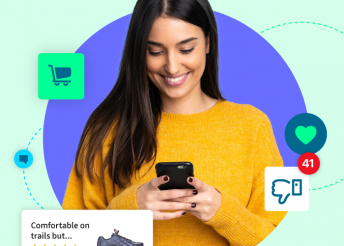On my bike ride to work I pass a billboard, I know it’s there but true to form for someone who tunes out most advertising, I have no idea what it’s actually an ad for. It was a poignant reminder that for as much as brands spend on traditional ads, they still lack an adequate way to measure the full impact of their efforts. Metrics such as views fail to capture the nuances of those views, such as whether the viewer was paying attention (I was — to the cars I had to avoid).
This long-winded anecdote is my way of introducing you to a piece of research we conducted on the consumer buying journey, which ascertained where consumers became aware of products, who they turn to for advice and why they purchase certain products over others. A few key takeaways include: the need to focus on multiple selling channels, the importance of maintaining a passionate army of recommenders and the diversity of sources consumers use to conduct product research.
Consumers become aware of new products from a variety of sources, as the graph below demonstrates. Brands must emphasize multiple channels for their advertising efforts.
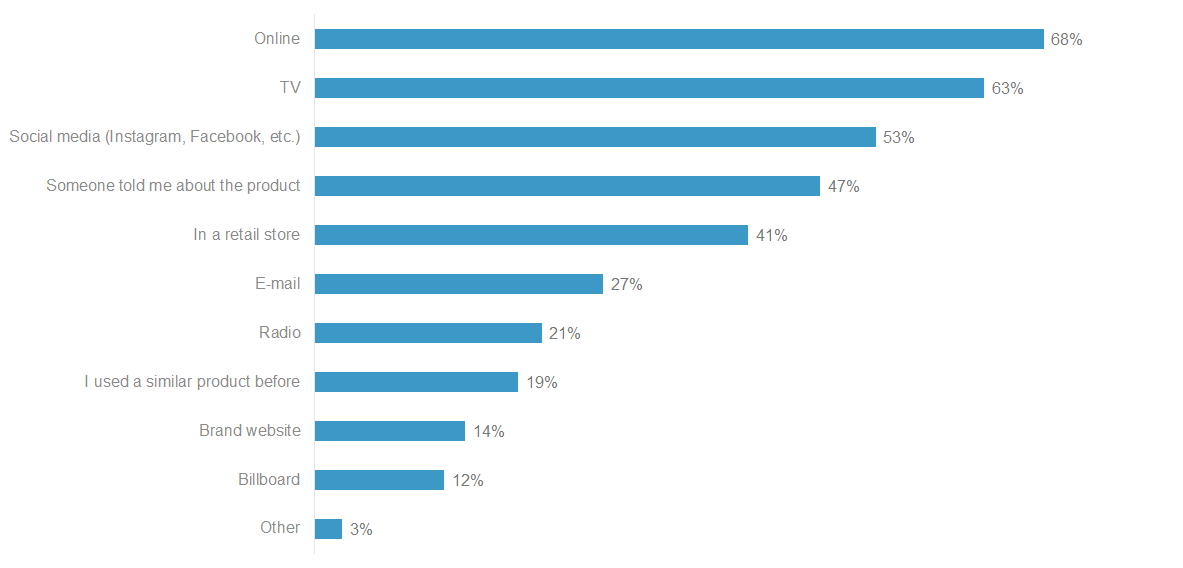
Furthermore, brands should keep in mind that consumers are constantly looking at competitor products. Consider the question below on how many different products a consumer researchers prior to purchase.
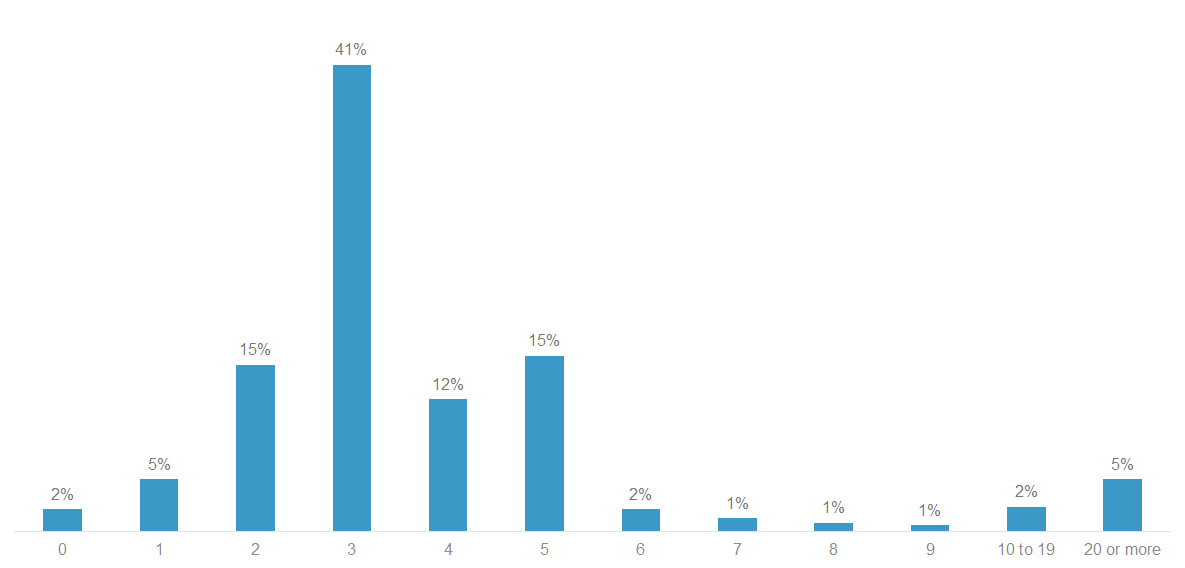
More than half of consumers will examine 3+ products in detail before making a decision. As a brand, how can you stand out in this competitive landscape? Once again, you need to emphasize multiple channels. The graph below shows where consumers do research once they’ve decided to purchase a product.
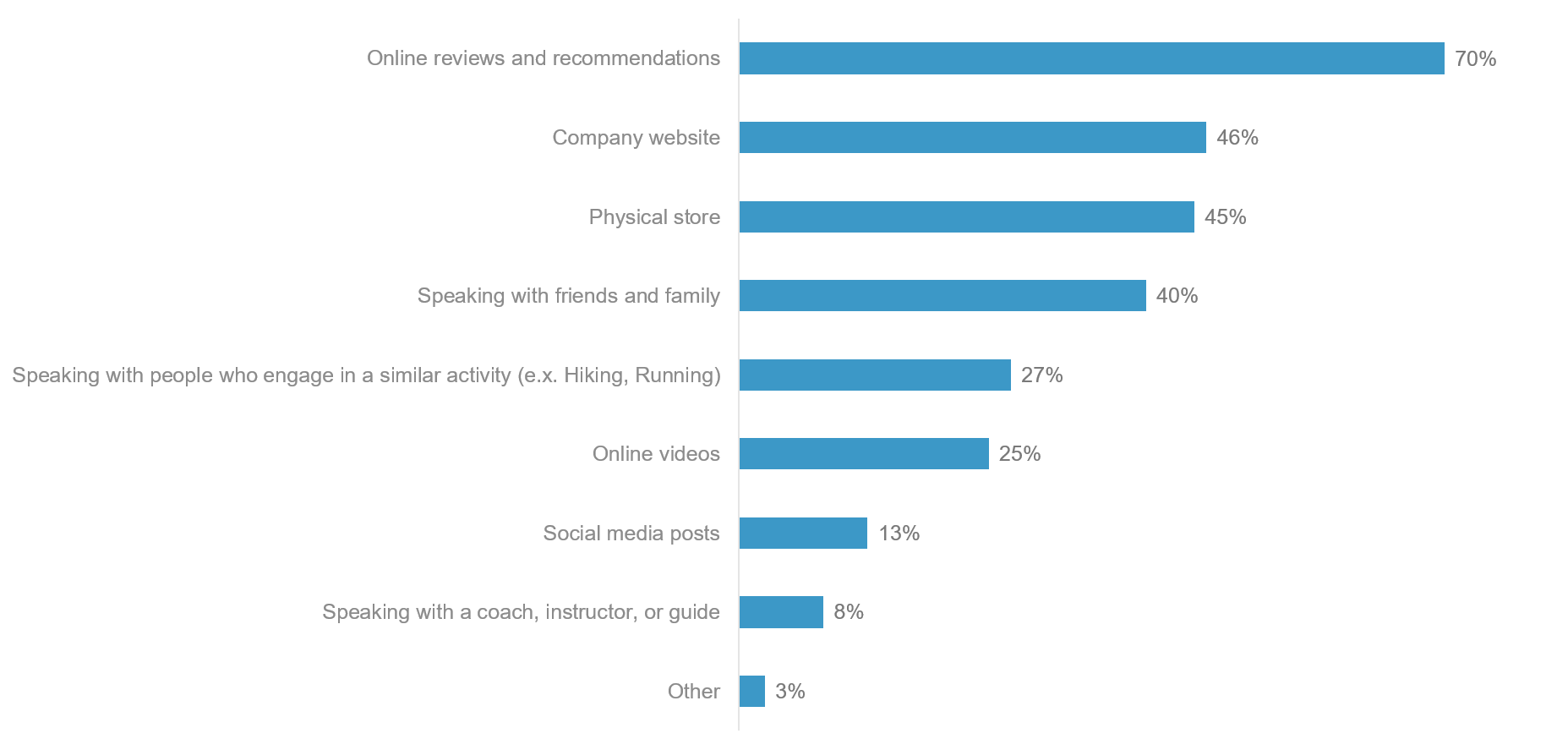
Online reviews may be number one but there are a variety of places and groups consumers turn to for advice. A brand that neglects any of these channels will miss out on product sales.
Finally, despite commerce shifting online in recent years, consumers still talk in-person prior to making a purchase. A majority will speak with two or more people, as shown below. Brands need to ensure that when consumers seek out information about their products, they’re getting recommendations from highly-informed individuals, whether they be retail sales associates or members of professional groups/clubs.
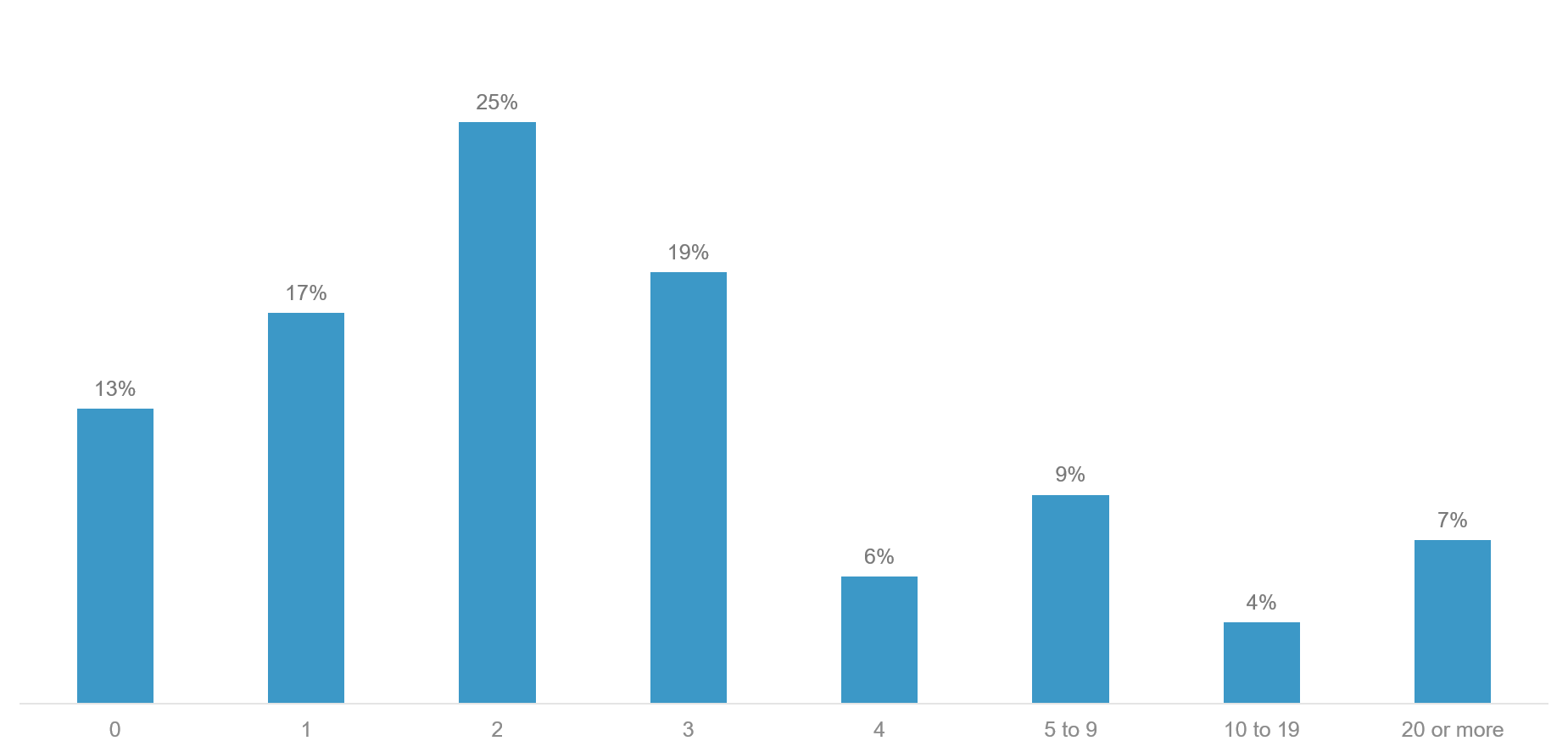
To recap, consumers learn about products from a variety of sources, electronic or otherwise. They turn to a multitude of sources for research advice and often will seek out opinions in-person to complement online sources. Brands would do well to keep this in mind and allocate marketing spend across multiple channels.


